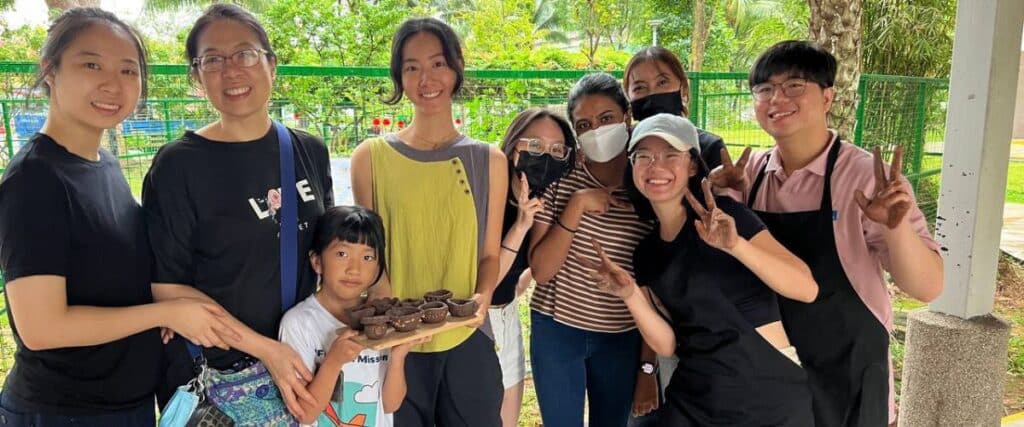Meet Jodie Teresa Monteiro, the visionary entrepreneur making waves in the sustainable business realm with her company, Ferticlay. Jodie is on a mission to revolutionise the recycling of unavoidable food waste by transforming it into new materials for sustainable clay modelling.
Jodie Teresa Monteiro is a passionate entrepreneur and the Co-founder of Ferticlay, a visionary company that aims to revolutionise sustainable clay modelling by turning unavoidable food waste into new materials. As a #WeGotThis Year 2 Alumni and Best Creative Winner, Jodie’s journey with Ferticlay has been nothing short of inspiring.
By tapping into the potential of food waste and converting it into valuable materials for clay modelling, Jodie and her team are making a significant impact on both the environment and the arts. Join us as we delve into Jodie’s entrepreneurial journey, her passion for sustainability, and the inspiring prospects that Ferticlay brings to the world of eco-friendly materials and artistic expression.
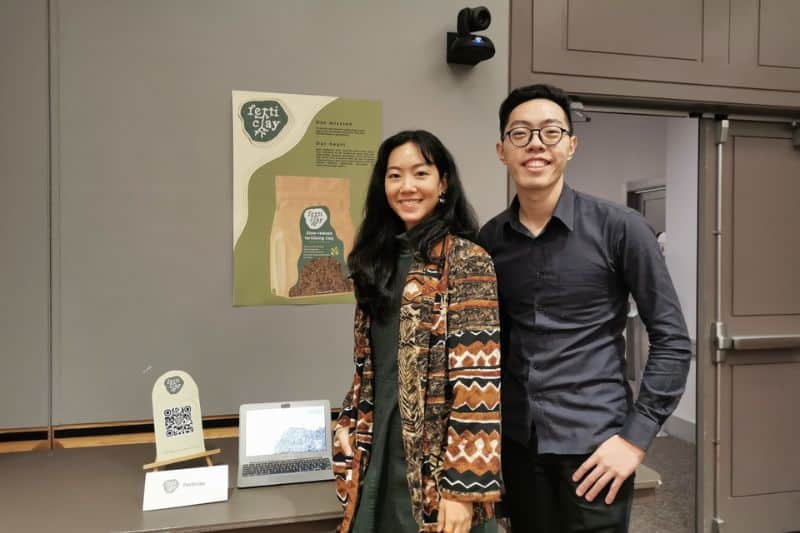
Can You Tell Us About the Inspiration Behind Ferticlay?
During the circuit breaker in 2020, I was supposed to do an internship as part of my final semester. However, since I couldn’t secure one, I decided to focus on my hobbies instead. During that time, I came across a paper clay recipe and other DIY projects. Originally, this blog was meant to explore clay modelling at home, but it ended up being too smelly and wasteful. [Not wanting] to create unnecessary waste, I started using eggshells instead of flour and natural clay from my uncle’s garden as a binder. With these substitutions, I successfully created my first batch of animal clay figurines.
As I neared graduation, my school introduced a new program aimed at encouraging design students to turn their projects into creative businesses. I pitched Ferticlay and managed to get in the facility. I then participated in five different competitions through the program, and it was during one of these competitions that I met my co-founder. Inspired by our shared vision, we decided to incorporate a company and move forward with our venture.
How Do You Convert Food Waste into High-Value Alternative Clay?
We started with eggshells but we began exploring various types of secondary food waste, such as coffee grounds, tea leaves, and banana peels. [Our goal] was to discover how we could enrich clay with maximum nutrients while also ensuring its ease of use. During this trial-and-error process, we experimented with different waste ratios, leading us to realise [the need for proper testing].
This [prompted] us to collaborate with the Advanced Materials Technology Center in Singapore for a research project aimed at developing our clay into a practical and nutritious model. The research project is still ongoing, and it has been around two years since we first came up with the ideas.
As a versatile company dealing with materials, we [continuously] discover new applications for our creations. For instance, we conduct workshops where participants learn how to make animal figurines, decorative pots for their plants, and other items. Simultaneously, we are committed to creating sustainable building materials, especially considering my background in interior design architecture. Our focus lies in producing sustainable tiles, temporary structures like wall panels and bricks, and [other innovative solutions].
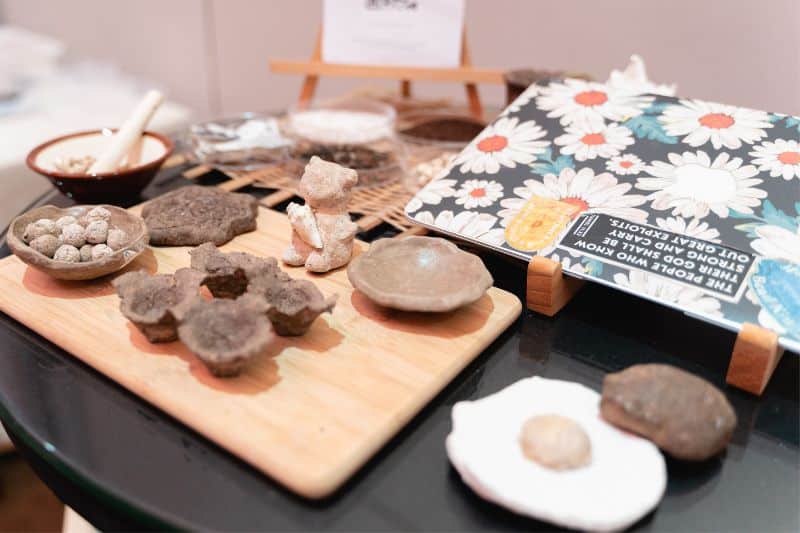
What Are Some Common or Recommended Applications of Ferticlay?
We are [currently focused] on prototyping applications, with one example being 3D printing. While plastic 3D printing is [commonly] used, we believe our clay material is a [better alternative], even when considering more sustainable elements.
We already have our own 3D printer and have been conducting trials. This opens up opportunities in various industries where rapid prototyping is essential to create customised designs.
Apart from prototyping, we are also exploring [partnerships] with other companies to develop temporary structures for exhibitions, retail displays, and museums. We are working on enhancing the material’s durability for short-term structural usage, which would be beneficial for these applications.
What Are Some of the Key Challenges You Faced While Developing Ferticlay?
One main challenge we faced was getting sidetracked during the process of determining which waste components to include. We were developing materials for various products, which made it difficult to progress together [without] a common vision.
To overcome this, we decided to refocus on our main idea: developing sustainable building materials. From there, we planned how to develop products and services that align with this goal. This shift in focus helped us create products that people want and need.
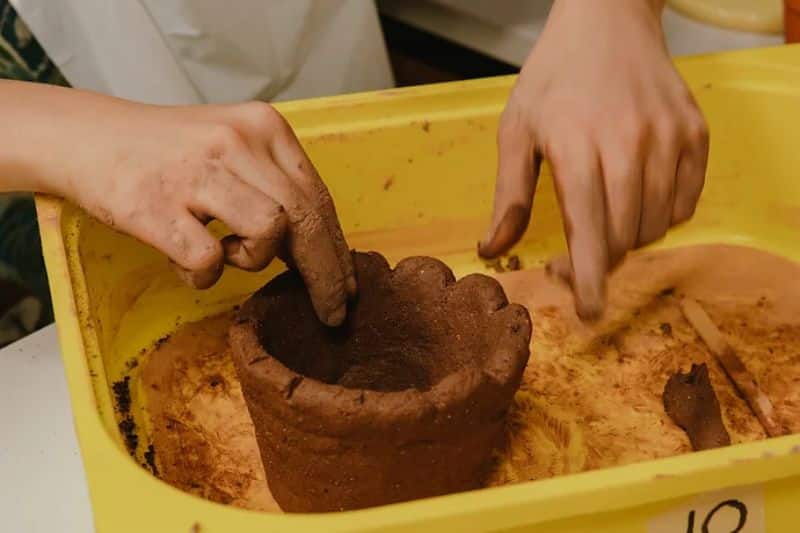
How Do You Source Waste Materials to Use in Your Products?
We offer a co-creation model to companies with [excess] waste to transform it into new products rather than sending it directly to the incinerator. We are currently engaging with hotels, restaurants, F&B outlets, and food manufacturing companies, collecting their waste and converting it into valuable products that we return to them. This approach not only fosters a circular and green economy but also creates a new revenue stream for both our side and our partners. This is how we [acquire] our food waste.
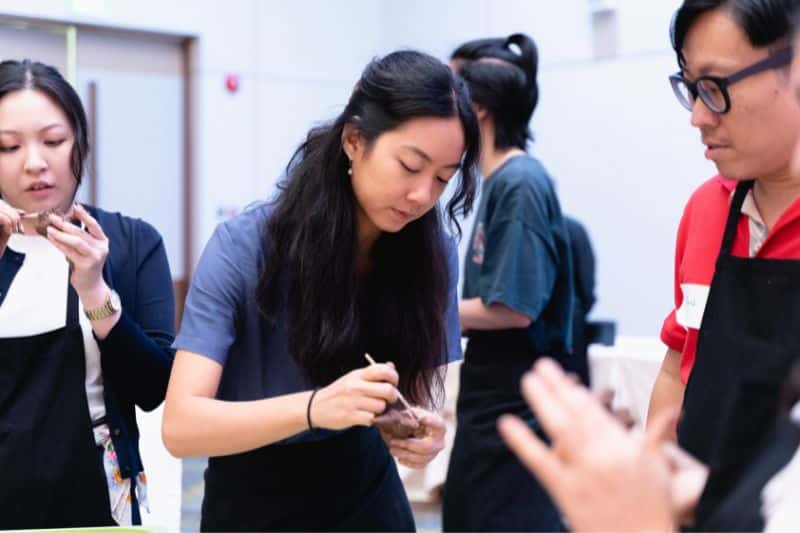
Can You Share More About Your Decision to Hire Marginalised Individuals and How Does This Reflect Your Company’s Mission?
We like to say that at Ferticlay we seek to find and bring to light the value of the lost, the least and the last. Our mission has always been to make a significant positive impact on the environment and society. This commitment stems from my personal connection to the special needs and disability community, as my parents are actively involved in training these individuals for job placements. My previous experiences with them further [fueled] my desire to recruit marginalised groups, including low-income mothers seeking to enter the workforce.
Instead of fully automating our operational processes, which would consume [excessive] energy, we have chosen to hire marginalised groups. This decision not only provides them with a platform to contribute meaningfully [but also] allows them to acquire new skills. We strive to [integrate] them both behind the scenes and in front-facing roles. For instance, in our workshops, we ensure that team members have a comprehensive experience and ample opportunities for interaction with the public.
We take joy in exploring [untapped opportunities] within neglected and hidden aspects of society.
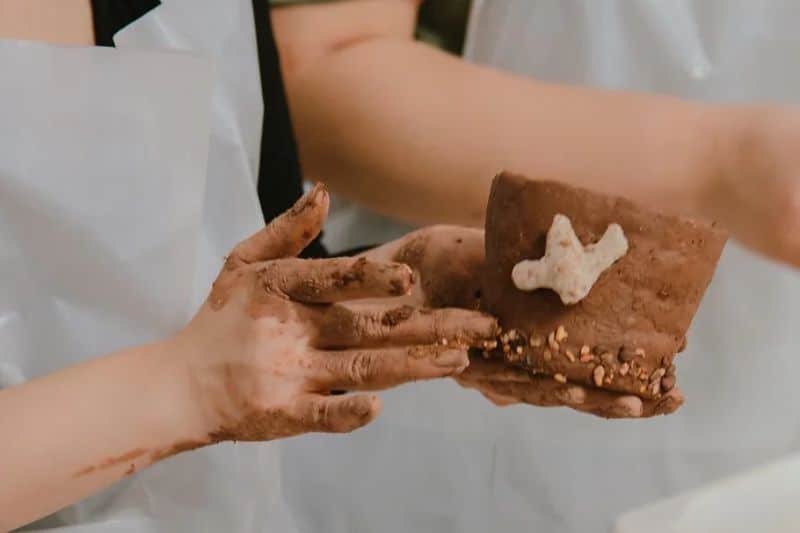
What Have Been Some of the Most Rewarding Moments You Have Experienced at Ferticlay So Far?
Honestly, every workshop is quite a rewarding experience, and I’m currently one of the lead facilitators. Planning and conducting each workshop demand significant effort. However, the joy of witnessing the smiles on people’s faces at the end of the day, as they create [beautiful pottery or sculptures from everyday materials like dirt or food waste], truly fills me with happiness. I hope to continue this work for a long time.
Another incredible achievement occurred when we pitched Ferticlay at Princeton University in New Jersey in 2021 as part of the Tiger Launch competition run by NUS. Winning the Asian regional allowed us to present our idea there, which was an unexpected and pinch-me moment. I never imagined Ferticlay would take me to such places, let alone to Princeton. This accomplishment meant a lot to me and my co-founder.
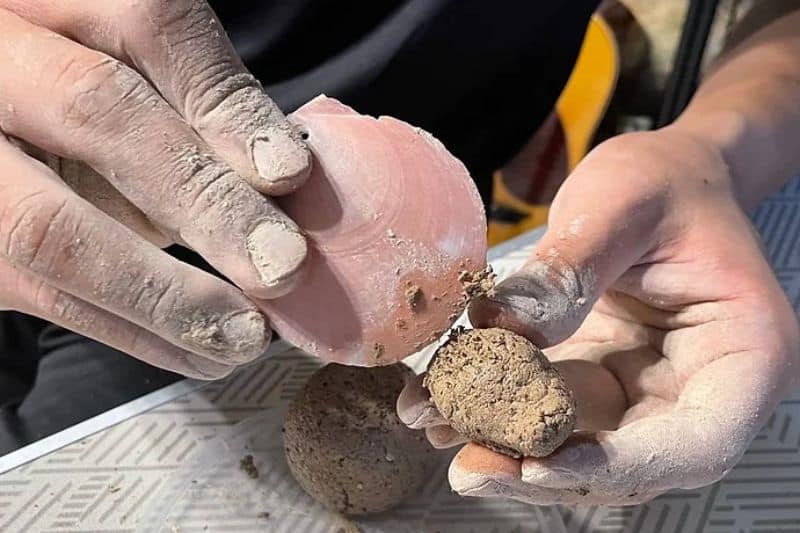
As a #WeGotThis Year 2 Alumni and Best Creative Winner, How Has the Programme Supported Your Entrepreneurial Journey?
This program has definitely taught me a lot of skills and knowledge needed to be a creative entrepreneur. My idea is quite unique, and our approach is highly creative. As a creative business owner, I sometimes find myself overwhelmed with multiple business ideas. However, going through the program has helped me focus and better plan my roadmap.
The program offered [valuable insights] into social media marketing, content marketing, and networking opportunities. The mentorship program was especially beneficial as it taught me how to effectively use social media campaigns for my main agenda, which is Ferticlay. Additionally, I learned how to create engaging content.
My mentorship experience was excellent, as I was paired with a high-ranking industry peer who guided me in aligning my actions with our main goals. Through networking events, I connected with other participants who shared their experiences, [inspiring me] and providing [different perspectives]. Hearing about their diverse campaigns and journeys had a significant impact on me and allowed me to consider addressing various issues with my campaign as well.
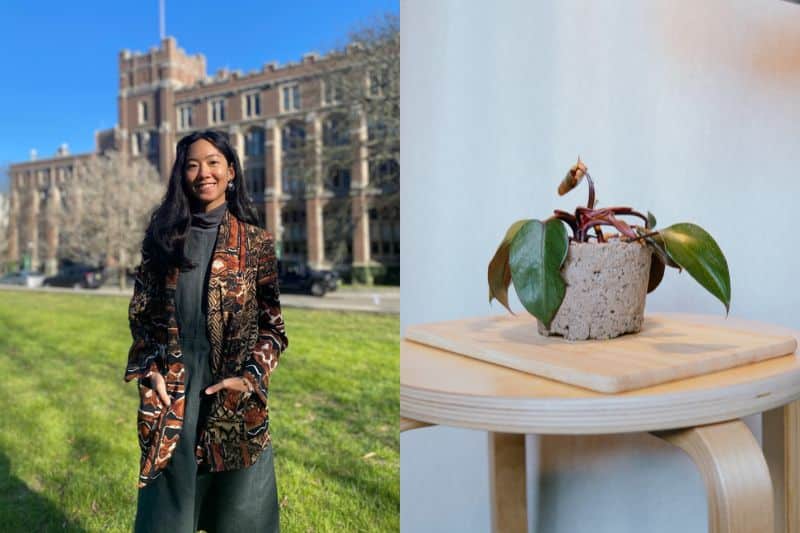
What Advice Do You Have for Aspiring Entrepreneurs Who are Interested in Starting Their Own Sustainable Businesses?
I find that being aware of the challenges faced by the community I serve, or the issues I aim to address, [greatly] helps me. Understanding these issues thoroughly and making an effort to listen to the stories behind them, whether they are social or environmental, is crucial. Environmental problems, [in particular], often have significant social impacts.
When we listen to these stories, we develop emotional connections to the issues we are trying to address through our campaigns. This emotional attachment fuels our motivation to do more and strive for better solutions. Thus, it is essential to stay informed about the issues we seek to solve.
Moreover, knowing that we are not alone is comforting and important, especially for sustainability entrepreneurs. They can sometimes feel overwhelmed or isolated when dealing with numerous challenges simultaneously. Having a supportive community around us, where we can be accountable and share our daily struggles, is vital.
Working together with others who share a common goal brings better results. I believe that [joining forces] and working in unity is the most effective way to make progress in solving larger problems.
Apart from Supporting Eco-Conscious Business, Are There Any Other Ways You Recommend to Those to Adopt a More Sustainable Lifestyle or Minimise Waste?
I must say that there have been a lot of trends over the past few years. For instance, [people have been] replacing plastic straws with metal ones, and there have been various solutions proposed. Ultimately, I believe we need to reduce our consumption. The best approach is to strive for [zero waste]. So, it’s essential to be more mindful every time we make a purchase or run out of something.
Even when it comes to travel, I recently went overseas and chose sustainable tourism because I truly believe in it. Whenever we travel, we aim to experience other cultures and places, but we often overlook the impact of our choices during those trips.
Supporting initiatives in other countries and [patronising] restaurants with social impact and ethical sourcing of ingredients are all important choices we can make. Tourism, in particular, presents a unique opportunity to influence others. When we travel with family or friends, we can educate them about sustainability in a fun and engaging way.
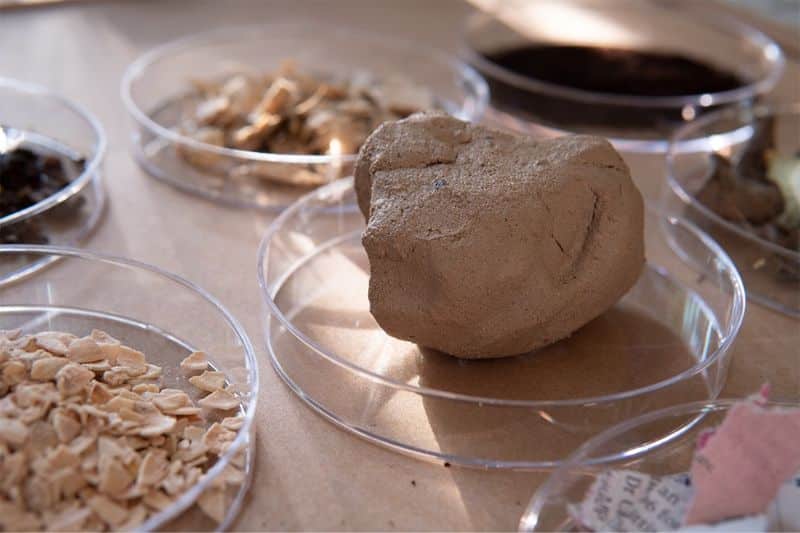
Are There Any Upcoming Projects That You Are Working On?
We actually have applied for another research grant which we’re hoping to get. And we’ve also been in collaboration with an interior designing company called BuildBuilt. They’re actually one of the companies that have signed with us to embark on using Ferticlay as a sustainable building material.
Our co-creation business model is actively seeking more companies to collaborate with us on this. We understand that many people fear additional taxes on waste and carbon, which also concerns companies, especially larger ones. Therefore, if you are seeking an outlet to develop solutions together and find ways to turn waste into valuable resources for potential profit, we are open to collaboration. Feel free to reach out to us through our website or Instagram.
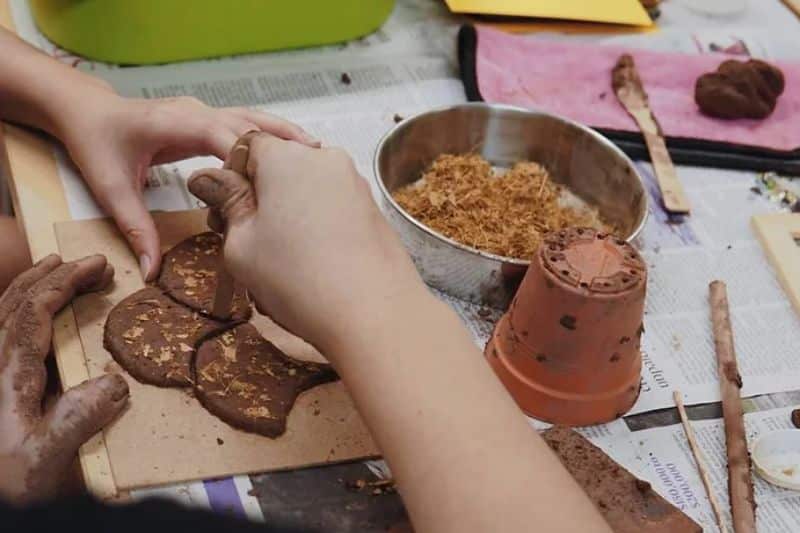
Since its launch in 2021, #WeGotThis has successfully inspired more than 1,600 young individuals through master classes and boot camps, resulting in over 60 successful social media campaigns. Geared towards youths aged 18 to 30, #WeGotThis 3.0 comprises two main components. The first is a three-day, in-person campaign clinic scheduled for 1 to 3 September 2023. Following that, an incubator programme will run from 4 September to 10 November 2023, focusing on critical themes such as circular economy, net zero, biodiversity, and sustainable finance.
For those who wish to participate in this year’s #WeGotThis in-person programme, further information can be found at wwf.sg.
Related Articles
WWF Singapore and Temasek Foundation Extend Youth Sustainability Programme to ASEAN Participants
